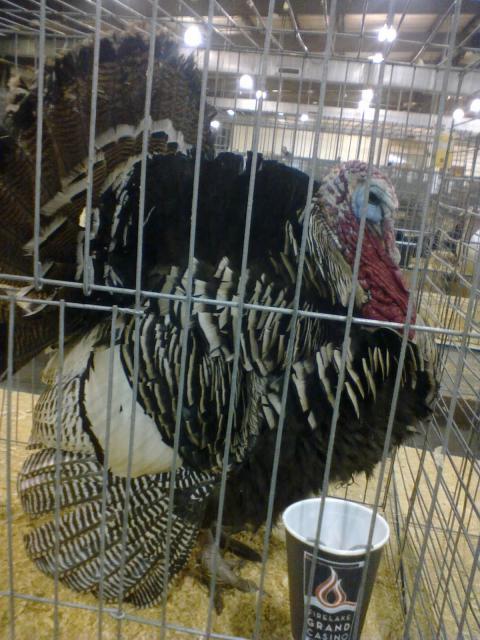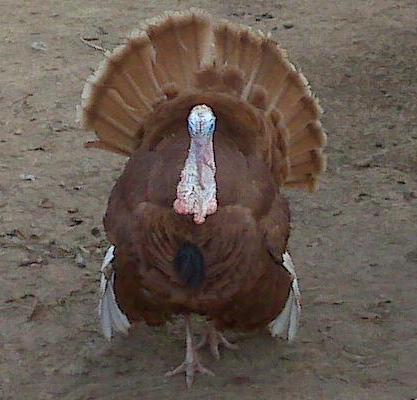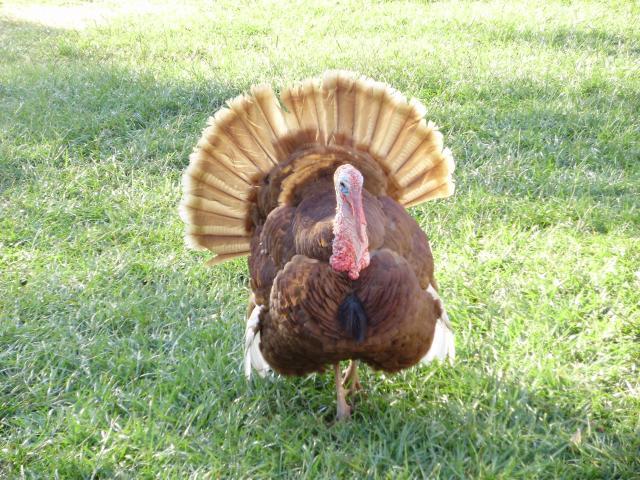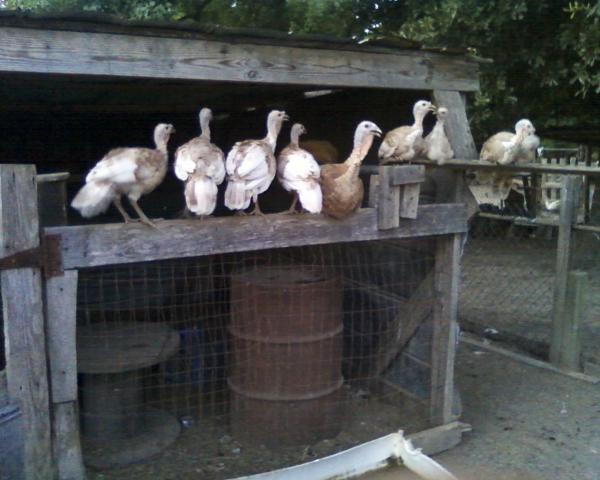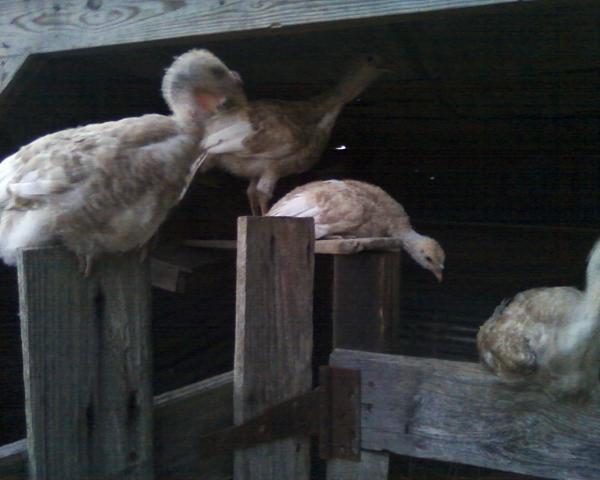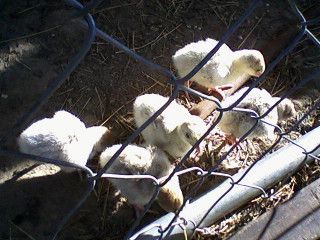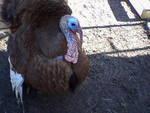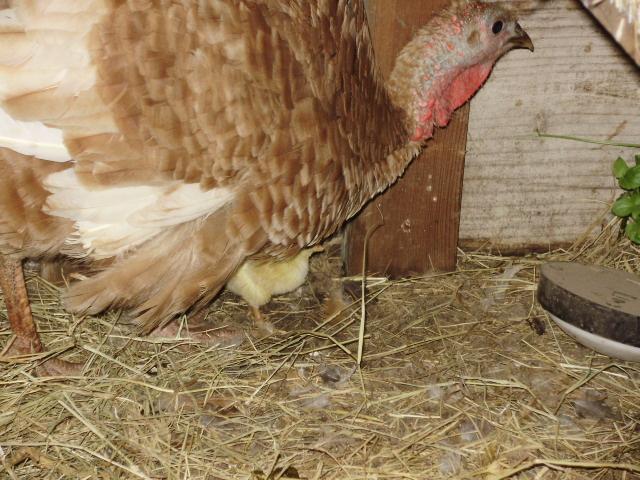The Narragansett and the Bourbon Red seem to be roughly the same size. I plan on only getting one breed. Can you help me choose between them? My goals are:
1. Meat. Looking for a decent breast with some white meat (I understand I won't get what a Broad-breasted produces).
2. Reproducability. Lay well, willing to go broody, etc.
3. Friendliness. Not the all-determining factor, but it would help! )
)
4. Beauty. From the picture the Narragansett seems stunningly beautiful. But what are your thoughts?
1. Meat. Looking for a decent breast with some white meat (I understand I won't get what a Broad-breasted produces).
2. Reproducability. Lay well, willing to go broody, etc.
3. Friendliness. Not the all-determining factor, but it would help!
 )
)4. Beauty. From the picture the Narragansett seems stunningly beautiful. But what are your thoughts?







